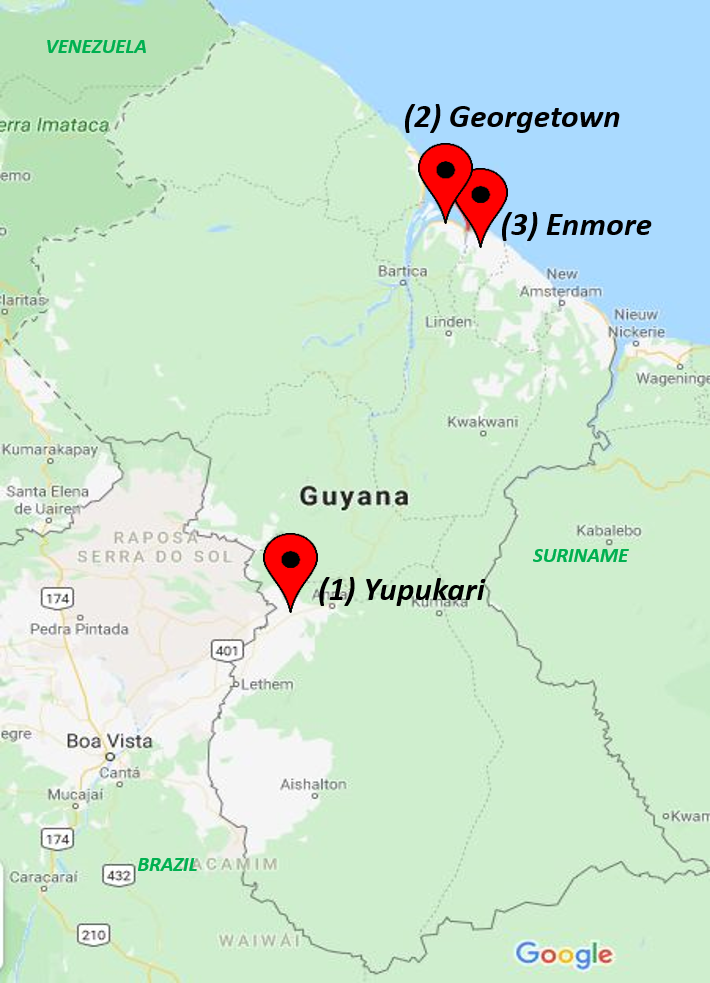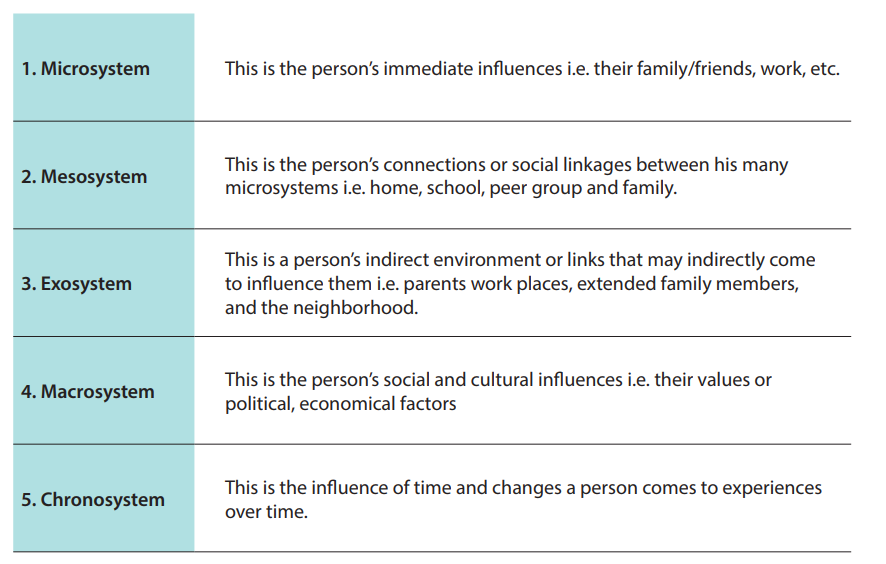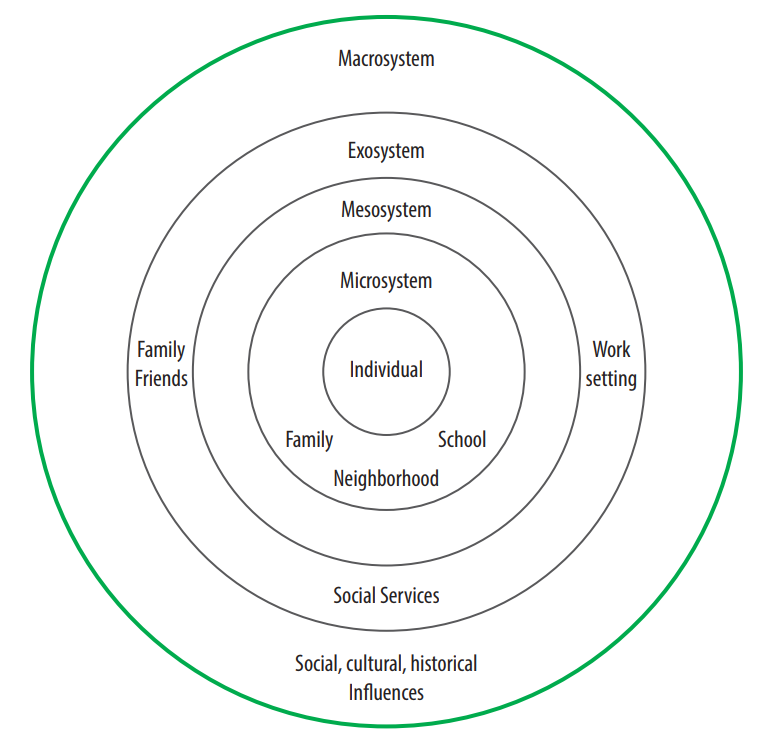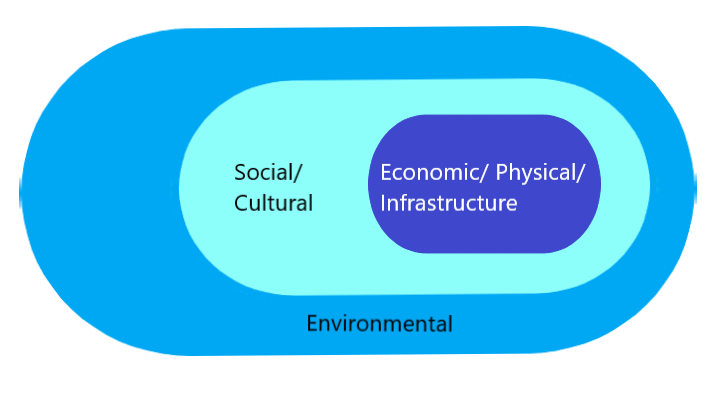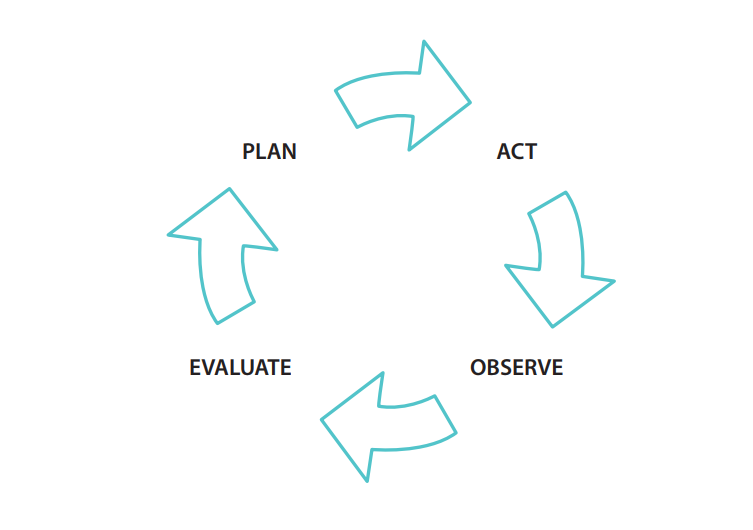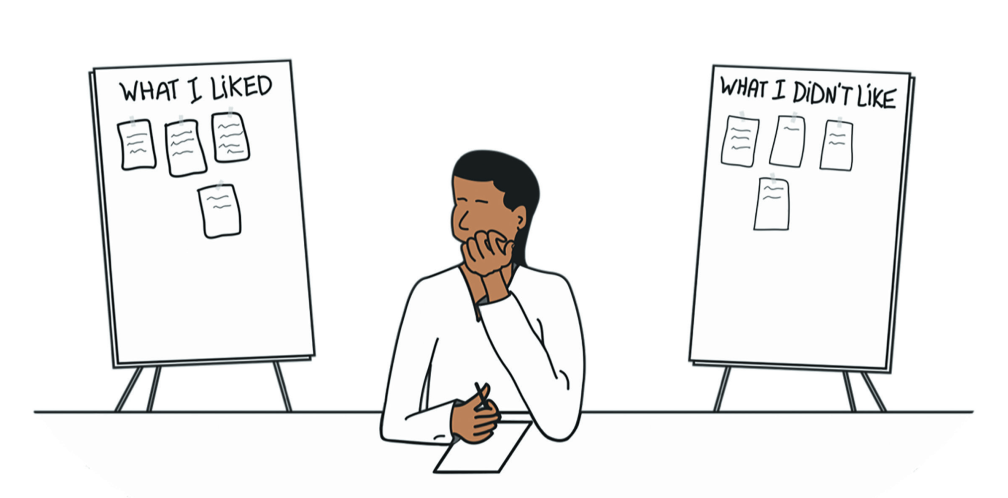We have provided a range of resources in this course that will assist you as a health and social care practitioner in promoting community mental health resilience within specific communities. You can work through the activities at your own pace and participate as appropriate as you navigate your way through the course.
Learning Journal
Keeping a learning journal is an important first step to take when completing the course as it enables you to write and create diagrams about what you are learning as you engage in the various course activities. Some entries may be short and specific whereas others reflect on what you have read or learned. Noting your reflections can deepen your learning experience. You can use a notebook or create a word document to record your learning on the computer or other digital devices. The key is to make it a fun and interesting experience rather than a chore.

(Photo created by freepik - www.freepik.com)
There are other interesting exercises that will stimulate your learning such as the facilitative activities and quizzes. Do engage with them and make your learning fun and interesting rather than a chore.
Good luck with the course!
General
Introduction
The purpose of this course is to guide Health and Social Care Practitioners in their work with communities. It is based on the findings of a 2020 exploratory community mental health resilience project undertaken in Guyana called ARCLIGHT. This was an interdisciplinary research project in association with health and social care practitioners underpinned by the Participatory Action Research (PAR) methodology. It looked at three diverse communities and their approach to mental health resilience. The course draws on the insights gained from the ARCLIGHT’s collaborative approach so that practitioners can adopt and adapt the methodology to suit their specialist field and levels of intervention. It sets out the rising incidence of mental health issues in lower income nations to encourage a better understanding of those issues within the community context.

The Guyana project differed from other studies by addressing the question of how to promote community mental health resilience through participation. Participants in the study created positive uplifting community stories of mental health resilience which they shared with each other and the wider community. The course demonstrates how similar communities can be managed to overcome seemingly insurmountable challenges using their own actions and resources, enhancing local provision and encouraging positive sustainable change in behaviour and wellbeing.
By acknowledging the ways that mental health is socially and environmentally predisposed, precipitated and perpetuated this course provides a practical understanding of the methodology and interventions that can be quickly and easily applied by health care practitioners at all levels.
Listen to this audio introduction of the project by the project manager, Kerese Collins.



